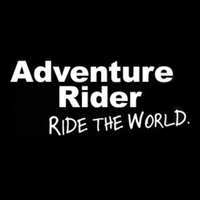drrod
Site Supporter
Everything you want/need to know about the Kyocera Duraforce phones (and others) and GPS apps when it comes to using them as navigation tools.

 advrider.com
advrider.com
Personally, I have been using the MyRoute Navigation app (developed by the Tyre to Travel guys) loaded on a Samsung S7 for GPS. I doubt I would ever buy a standalone unit again. Maps are constantly updated for free!! Does everything a standalone does plus acts as a phone. I have been eyeing a Kyocera Duraforce phone as well and recently there have been some other waterproof/dustproof/vibration resistant phones coming on the market like the Ulefone Armor and Doogee.
Ultra rugged Kyocera phones,GPS smartphones ..my guide
The $50 -$100 smartphone GPS solution,from left to right the Kyocera family Duraforce XD 5.7 inch screen , Duraforce Pro 5.0 inch screen , and the...
 advrider.com
advrider.com
Personally, I have been using the MyRoute Navigation app (developed by the Tyre to Travel guys) loaded on a Samsung S7 for GPS. I doubt I would ever buy a standalone unit again. Maps are constantly updated for free!! Does everything a standalone does plus acts as a phone. I have been eyeing a Kyocera Duraforce phone as well and recently there have been some other waterproof/dustproof/vibration resistant phones coming on the market like the Ulefone Armor and Doogee.




